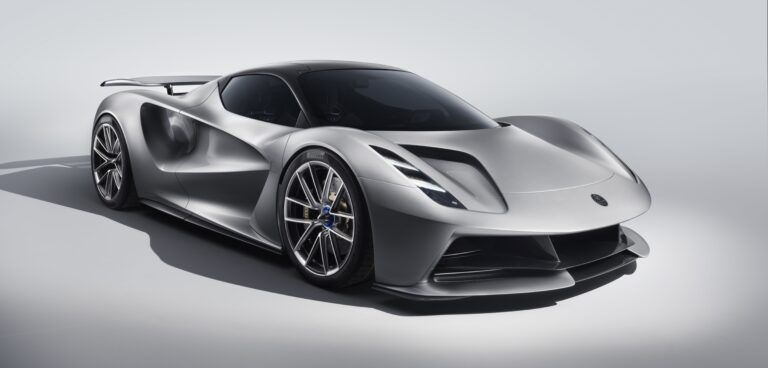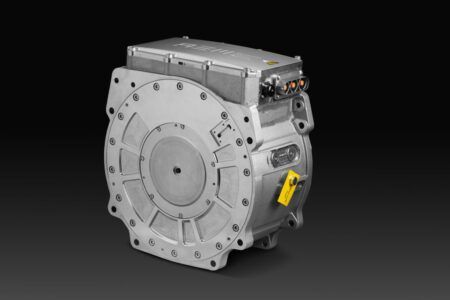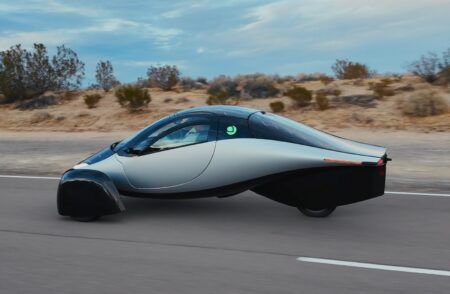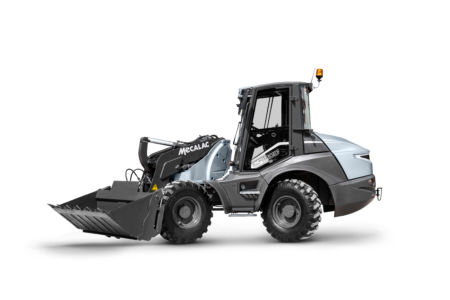British sportscar manufacturer Lotus has shocked the EV world as it took the wraps of its Evija – a US$2m, 2,000ps hypercar that is the world’s most powerful series production vehicle.
Despite being quiet on the electric vehicle front (or any vehicle front, for that matter) the iconic brand, which is now part owned by Chinese company Geely Motors, has put to good use the foreign investment to produce one of the most stunning EV statements yet.

“The Lotus Evija is a car like no other. It will re-establish our brand in the hearts and minds of sports car fans and on the global automotive stage. It will also pave the way for further visionary models,” said Lotus Cars CEO Phil Popham.
The Evija boasts some incredible target performance figures, including a 0-100km/h (0-62mph) time of under three seconds, a top speed of over 320km/h (200mph), as well as a pure electric driving range of 400km (250 miles).
All this is thanks to the 2,000kW lithium-ion battery, supplied with its management system by Williams Advanced Engineering (WAE) as part of a joint venture with Lotus to collaborate on advanced propulsion technologies. the battery has the ability to accept an 800kW charge. Although charging units capable of delivering this are not yet commercially available, when they are it will be possible to fully replenish the battery in just nine minutes.
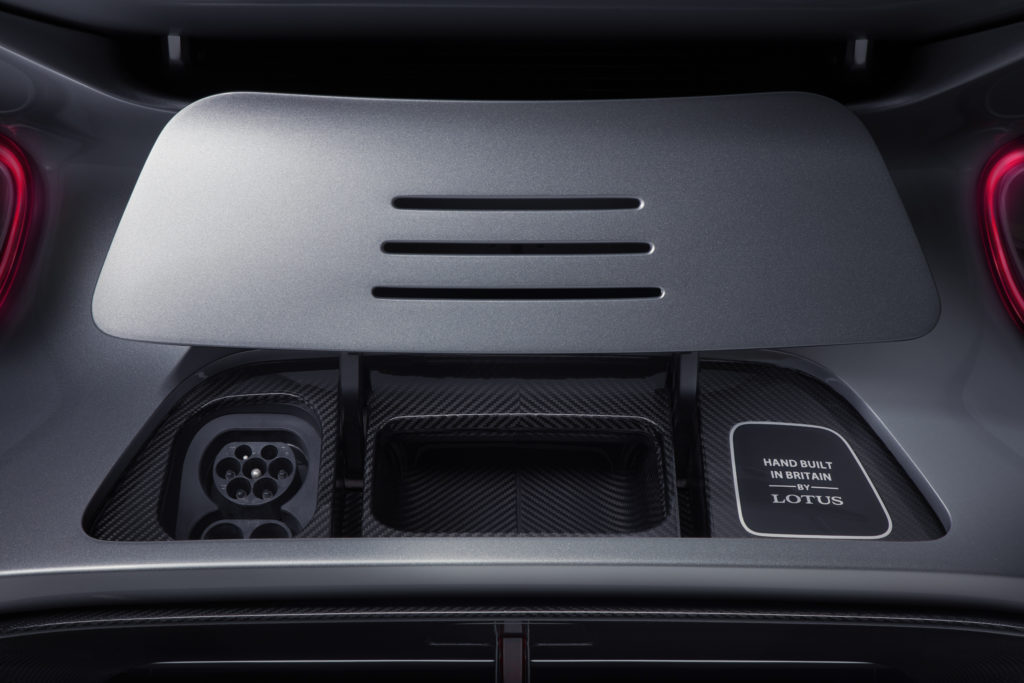
Using existing charging technology – such as a 350kW unit, which is currently the most powerful available – the Evija’s charge time will be 12 mins to 80% and 18 mins to 100%. The mid-mounted battery has been specifically engineered to continue the famed dynamics of the brand’s mid-engine sports car layout.
Power is fed from the battery pack to a bespoke in-line axial arrangement of two high-power density e-motors. These feature integrated silicon carbide inverters and epicyclic transmission on each axle of the four-wheel drive powertrain. The motors and inverters being supplied by Integral Powertrain Ltd.
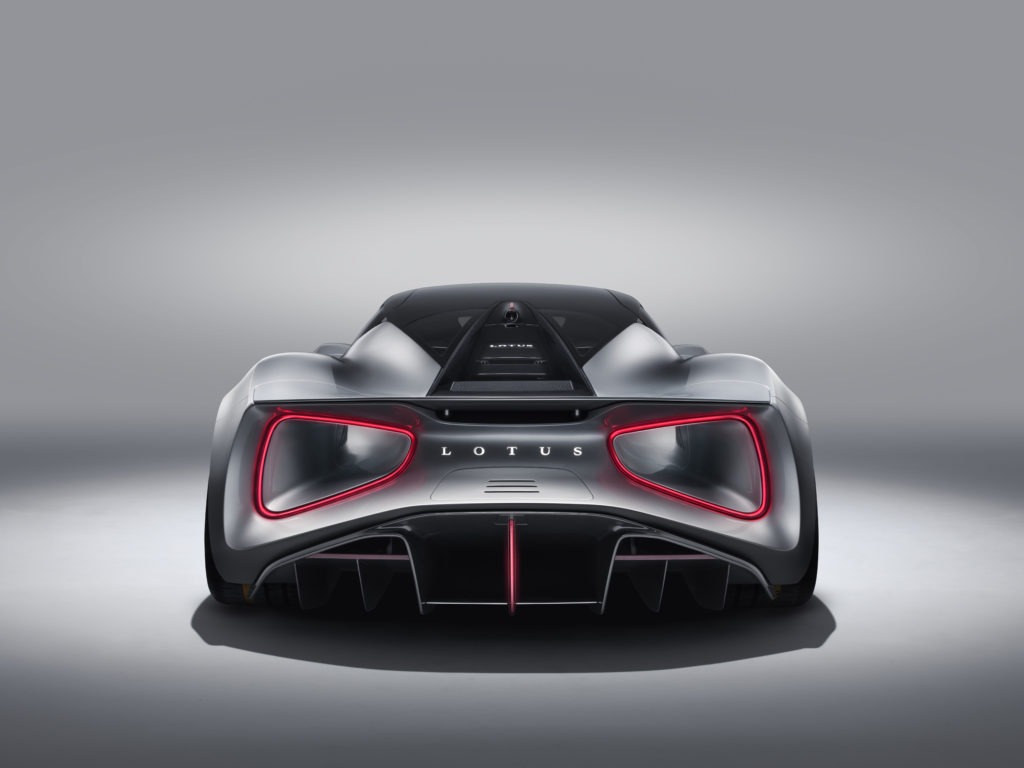
Four exceptionally compact, extremely light and highly efficient single-speed, helical gear ground planetary gearboxes transfer power to each driveshaft. Measuring a mere 100mm in depth, each gearbox comes packaged with the e-motor and inverter as a single cylindrical Electrical Drive Unit (EDU).
“The Lotus Evija has astonishing acceleration at higher speeds. It takes less than nine seconds to reach 300 km/h which is better than any other direct competitor,” said Matt Windle, executive director, sports car engineering at Lotus Cars.
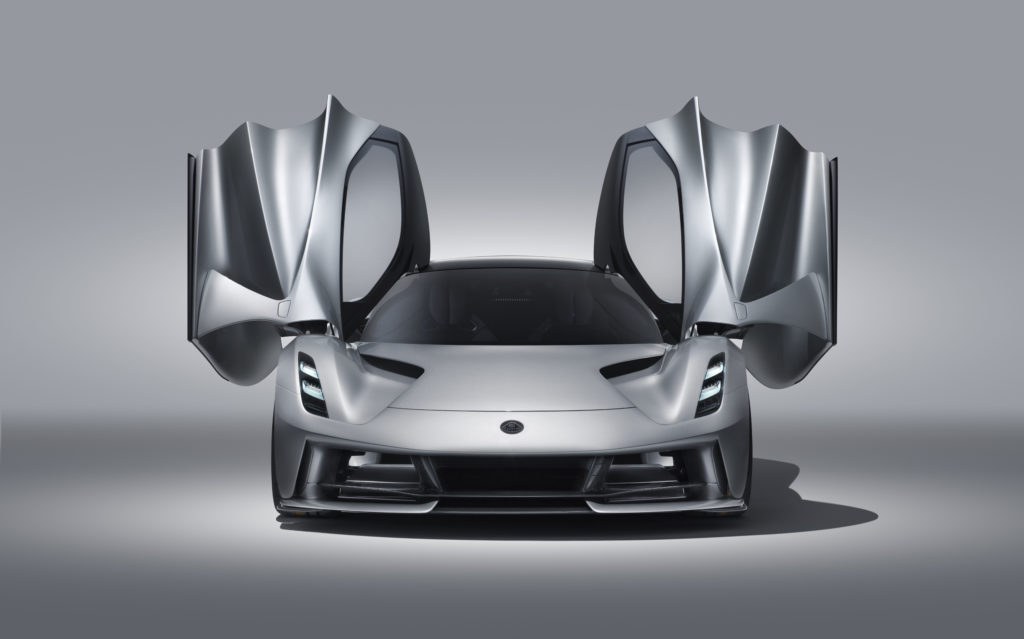
“With the Lotus Evija we have an extremely efficient electric powertrain package, capable of delivering power to the road in a manner never seen before. Our battery, e-motors and transmission each operate at up to 98% efficiency. This sets new standards for engineering excellence.”
The Evija will be built at Lotus’ historic home in Hethel, UK, with production slated to begin in 2020. However, only 130 examples of the car will be built and it will come with a price tag starting from £1.7m (US$2.1m).


